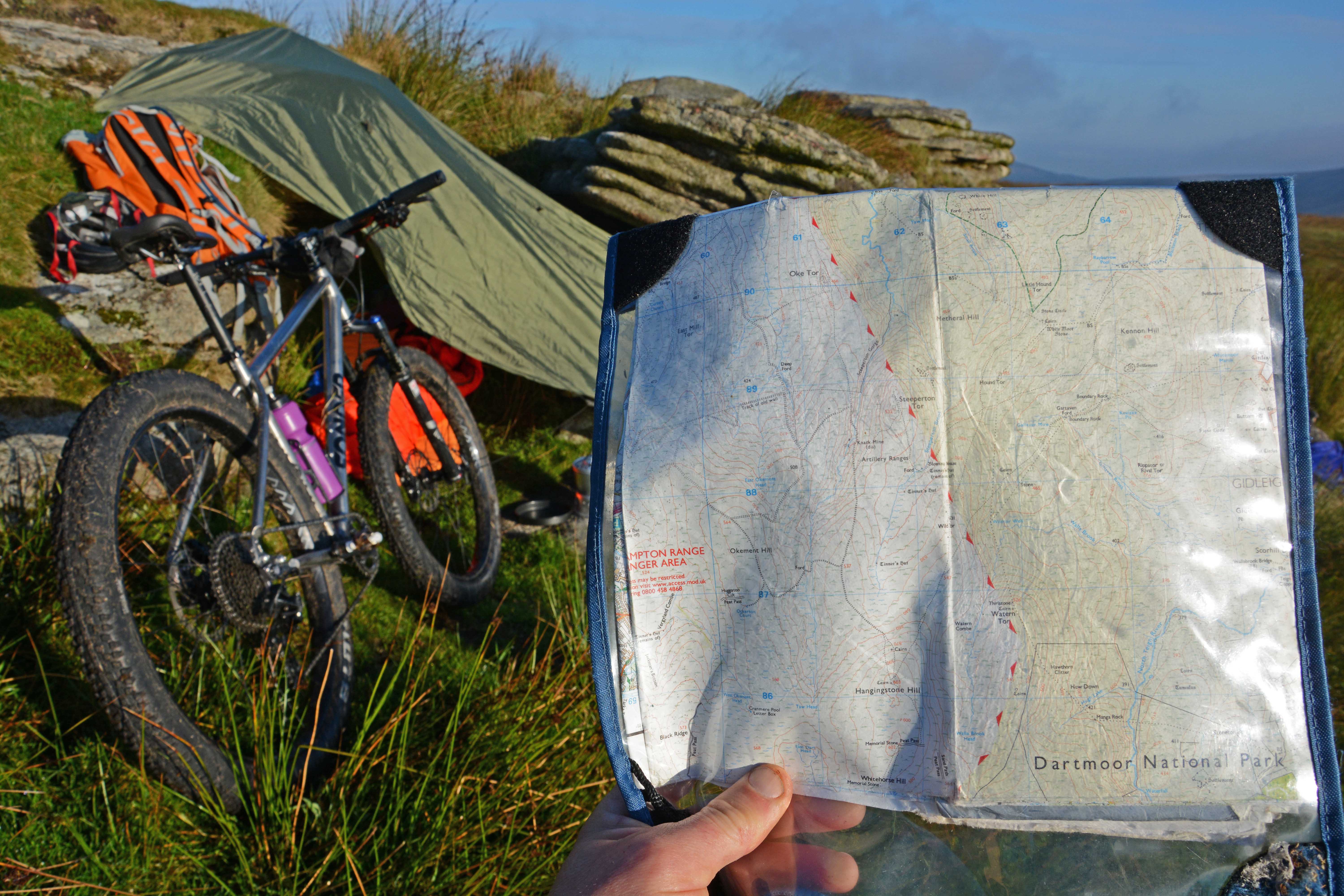

Famous for their comprehensive coverage and the extraordinary level of detail they deliver, Ordnance Survey maps have been used by hikers, bikers, boaters, anglers, amblers and outdoor explorers of every hue in the UK for decades – as well as the military, mountain and moor rescue services and other non-recreational organisations – but they are about to get even more informative.
With a history that dates back to the Jacobite Risings and Napoleonic fisticuffs of the 18th century, when detailed maps of Britain were created for defensive and military purposes, Ordinance Survey maps were first published and made available to the public in 1801, and the quality of the cartography is widely considered to be the world’s best.
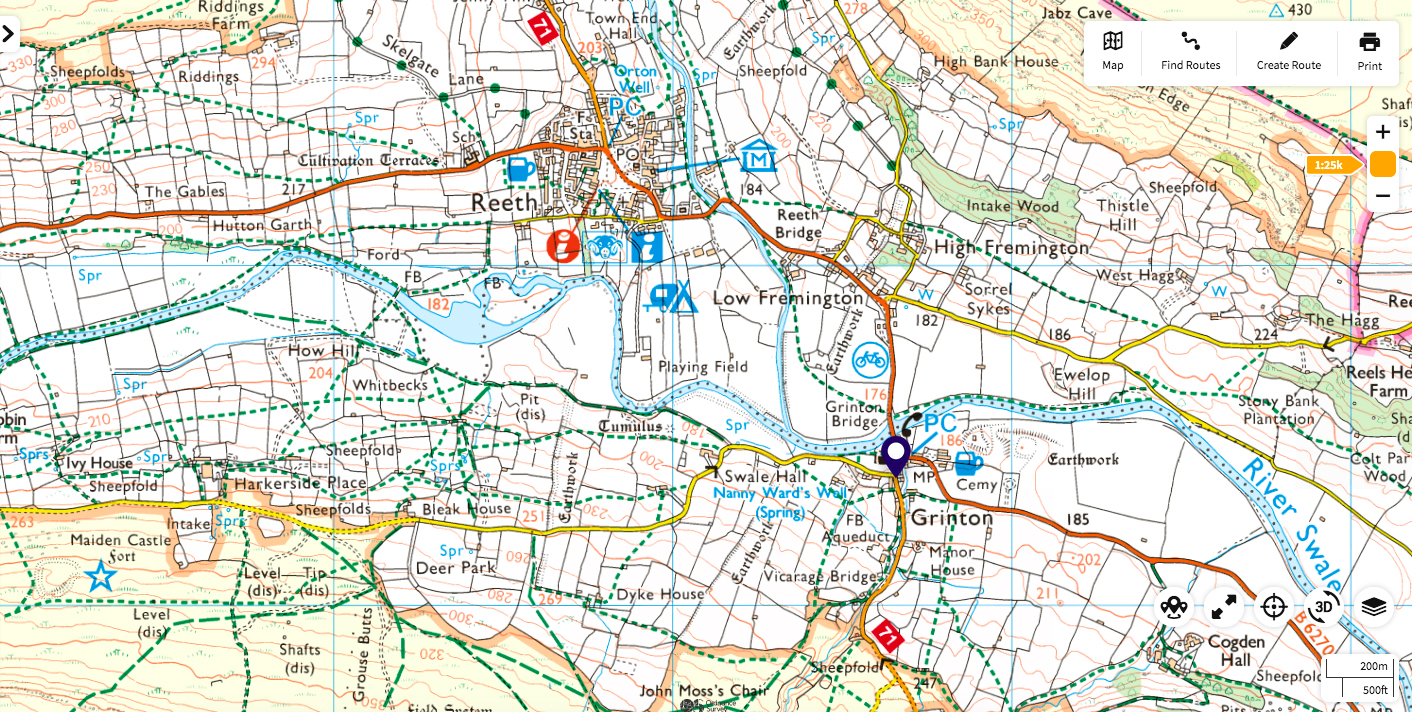
Besides natural features and manmade elements of the outdoor environment – such as footpaths, bridleways and trig points – topographical Ordnance Survey maps, currently indicate the location of things like churches and pubs. But, in a bid to make their mapping even more modern, informative and user friendly, the OS are about to expand the number of symbols used. On the list of potential new icons are cafés and canoe and kayak launching points – but what would you like to see added?
Think hard, because you will get the chance to put your suggestions forward. Ordnance Survey are planning to consult the public in coming months to see what new symbols are likely to be the most popular and useful.
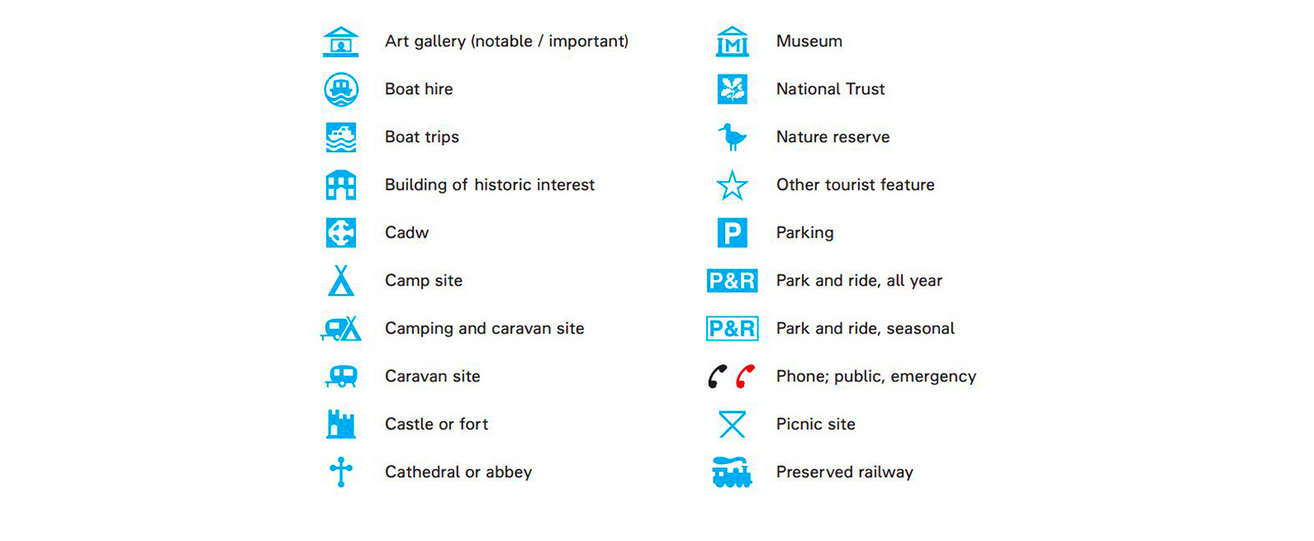
Ordnance Survey Leisure maps already include a huge amount of details and many symbols aimed at improving users' outdoor experience
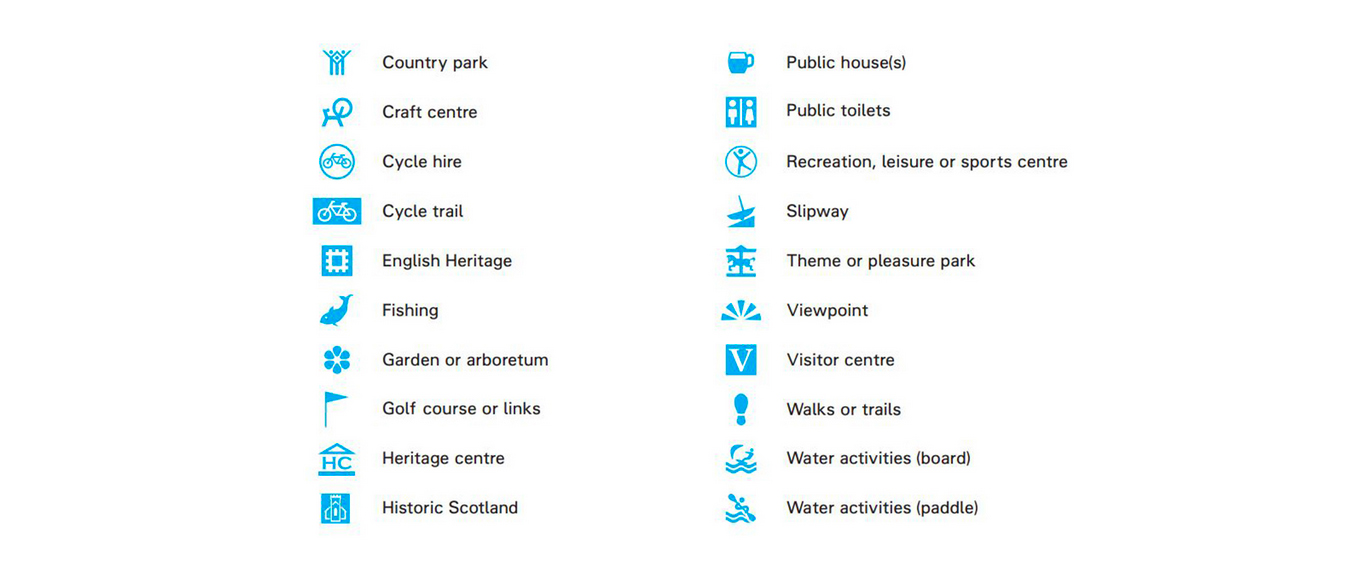
Existing OS maps already include more details than many people realise. For example, they don’t just indicate the location of a church, the symbols used specify whether the building has a pointy steeple or a square top, which can be incredibly useful when you’re navigating and want to be 100% sure where you are, and which direction you’re facing.
“The core purpose of our maps is to enhance people’s enjoyment of the outdoors,” Nick Giles, Ordnance Survey’s Managing Director of Leisure, told us yesterday, when asked about the new symbols. “A lot of the details the maps already include are navigational aids, which help people establish exactly where they are, but with digital mapping in particular, we can provide so much more useful information."
Kit list for walking
- Check out the best hiking boots for tackling trails here
- Or slip into something more comfortable, with some quality walking shoes
- Don’t forget a good waterproof jacket
The days of wrestling with a large sheet map on windy hilltops are largely past, with the majority of walkers, climbers, cyclists and outdoor explorers now using digital devices to access their maps (even if the sensible ones still have a paper map in their pack as a backup in the event of battery failure). Although still popular with many people (enough to sell 2 million units a year) paper maps make up just 5% of Ordnance Survey’s business these days, whereas their app has over 5 million users.
Get all the latest news, reviews, deals and buying guides on gorgeous tech, home and active products from the T3 experts
While there are no current plans to include things such as E-vehicle recharging points, because of the pace of change in this area, it’s not something OS are ruling out for the future, especially for their digital cartography.
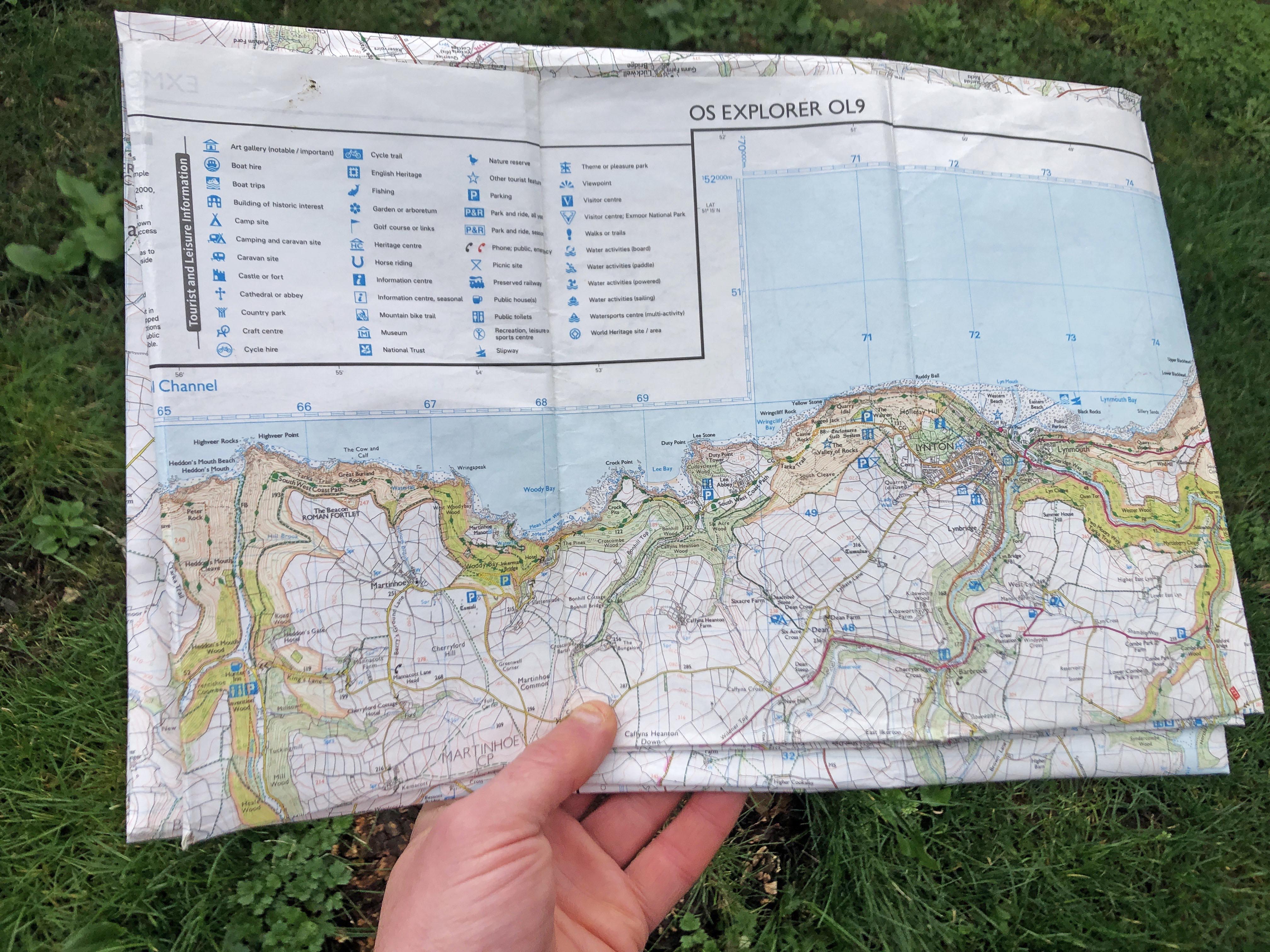
“On a paper map, we have to squeeze everything in a square kilometre into a 4cm by 4cm box, and it can get overcrowded,” says Nick. “But with digital cartography we can include pretty much anything we want to.”
The new symbols, when they are decided upon and rolled out, will be added to digital platforms first, before being included on paper maps as updates are made and reprints done. Nick acknowledges that, in a fast changing environment, it’s tricky to keep details current, but says the agency works with third parties such as the Good Pub Guide to try and ensure the places included on maps are open, and says user feedback is also invaluable in this respect.
Nick told us that the process of nominating new symbols will begin with a consultation with core customer groups, before being thrown open to everyone across social media channels and the wider media, most likely around September time.
An annual subscription to OS maps costs £28.99, or you can pay £4.99 a month, which gives you access to incredibly detailed cartography at 1:25,000 scale, right across Britain, directly from your phone, tablet, laptop or home computer. (Note: Northern Ireland is not included – this region is covered separately by the Ordinance Survey of Northern Ireland – OSNI)
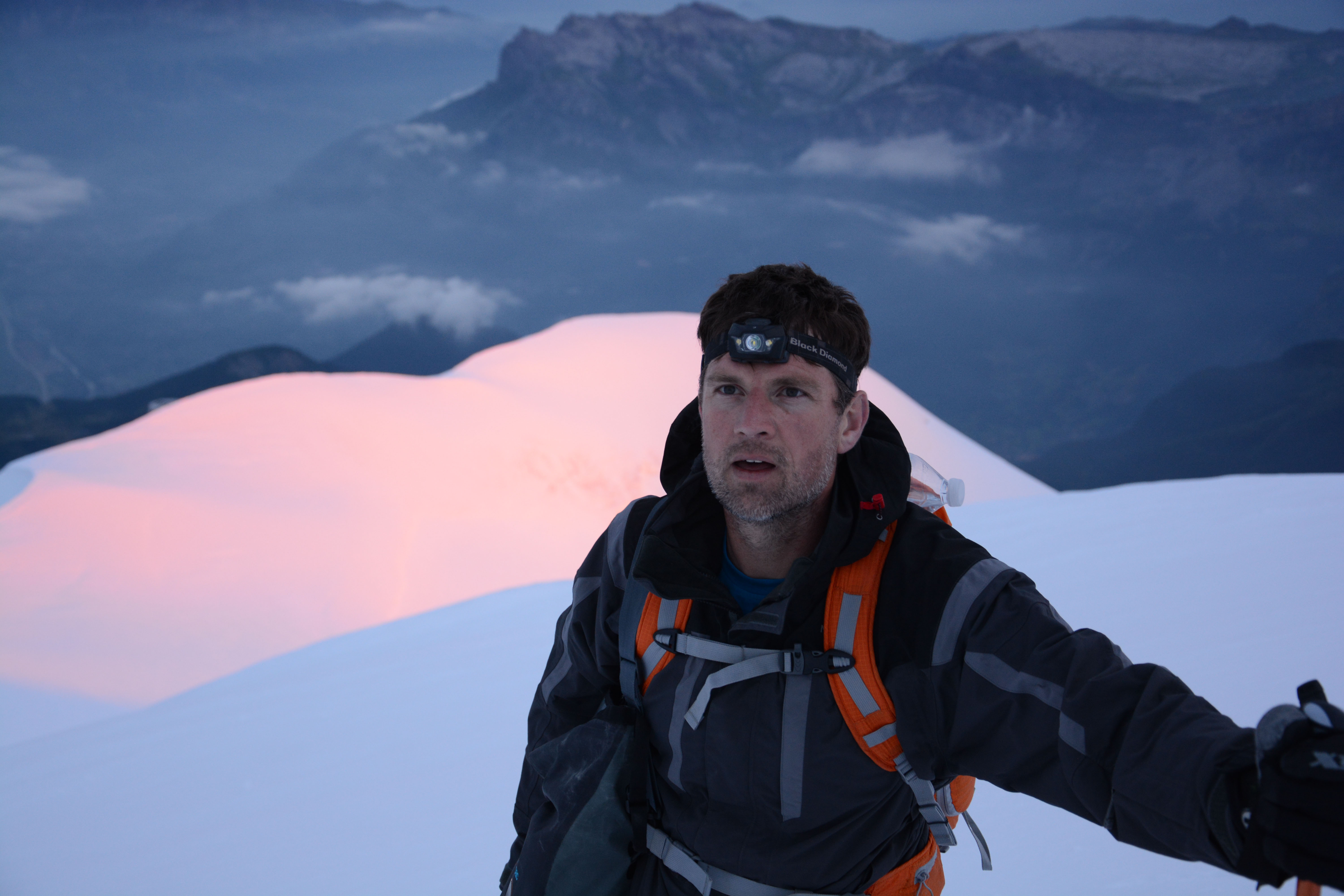
Author of Caving, Canyoning, Coasteering…, a recently released book about all kinds of outdoor adventures around Britain, Pat Kinsella has been writing about outdoor pursuits and adventure sports for two decades. In pursuit of stories he’s canoed Canada’s Yukon River, climbed Mont Blanc and Kilimanjaro, skied and mountain biked across the Norwegian Alps, run ultras across the roof of Mauritius and through the hills of the Himalayas, and set short-lived speed records for trail-running Australia’s highest peaks and New Zealand’s nine Great Walks. A former editor of several Australian magazines he’s a longtime contributor to publications including Sidetracked, Outdoor, National Geographic Traveller, Trail Running, The Great Outdoors, Outdoor Fitness and Adventure Travel, and a regular writer for Lonely Planet (for whom he compiled, edited and co-wrote the Atlas of Adventure, a guide to outdoor pursuits around the globe). He’s authored guides to exploring the coastline and countryside of Devon and Dorset, and recently wrote a book about pub walks. Follow Pat's adventures on Strava and instagram.